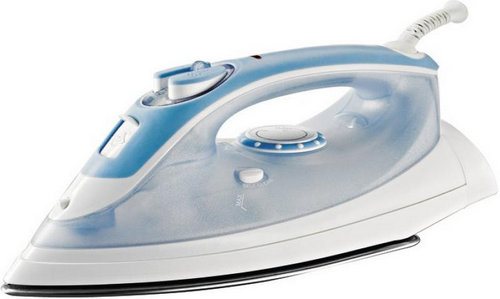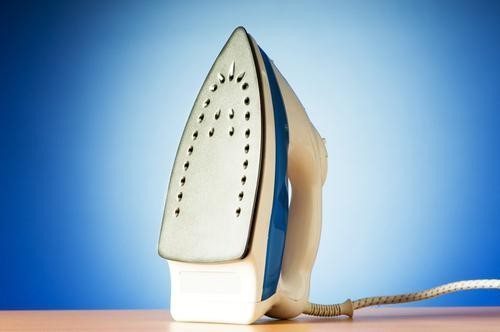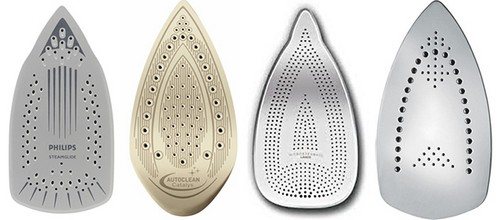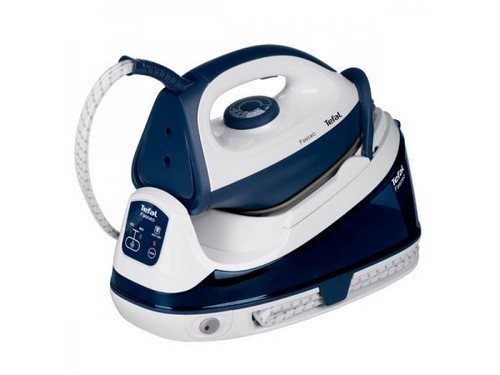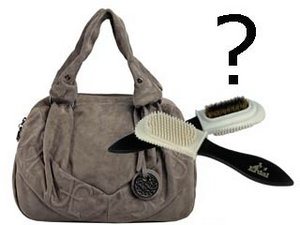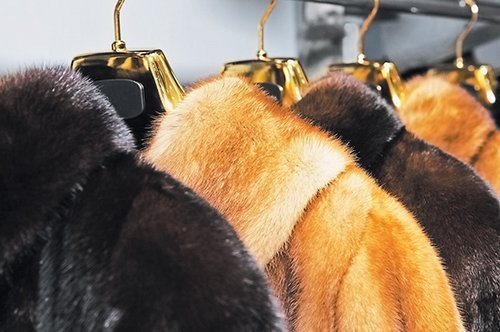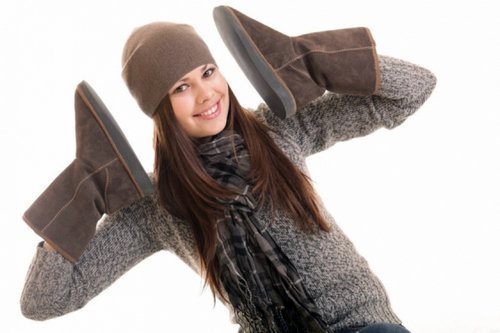The appearance of shine on products (lamps) is a common occurrence and is caused not only by the degree of wear of the fabric, but also by the incorrect choice of iron temperature. The fabric, under the action of the highly heated sole of the iron, presses the fabric and a shiny mark appears.

Dry cleaning specialists will help remove the unwanted defect, but you can also solve this problem at home.
Washing or rinsing fabric in water will not restore the fabric to its original appearance. If there are no traces of scorch marks on the fabric, then you can use folk remedies that exist in large quantities. Several recipes for removing shine resulting from the effects of a hot iron on products made from various types of fabrics will help correct minor damage.
Natural fabrics
Natural fabrics include cotton and linen.
- Recipe No. 1.
When ironing a product made of natural fabric, the appearance of lass from the effects of an overheated iron and traces of scorch marks can be removed with a prepared mixture of 10 ml of ammonia and a spoon of hydrogen peroxide dissolved in a glass of water. The damaged part of the product must be wiped with gauze soaked in the prepared solution.
This recipe is used when cleaning shiny spots caused by an overheated iron on light-colored fabrics.
- Recipe No. 2.
Dilute 200 ml of table vinegar in 500 ml of water, using a cloth swab, thoroughly wipe the stains and stripes on clothes. After filling the sprayer with the prepared vinegar solution, treat the fabric with it before ironing. Iron using an iron in steam mode.
- Recipe No. 3.
Natural fabrics are most vulnerable to high temperatures. If a defect in the form of a spot or stripe forms after ironing, the item should be treated with borax powder. To do this, mix a tablespoon of borax with a tablespoon of water. Apply the resulting gruel to the damaged area of the fabric. After two hours, the clothes should be washed thoroughly.
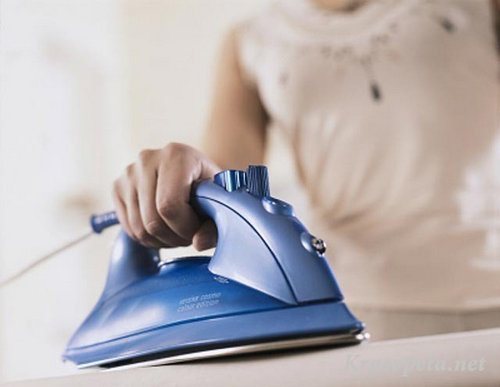
This recipe is suitable for removing burnt-on spots from cotton and linen items.
- Recipe No. 4.
Stains from ironing on natural fabrics can be removed with a solution of boric acid. The area of the garment damaged by the hot iron is treated with acid until the stain completely disappears, after which the garment can be washed.
- Recipe No. 1.
The appearance of shiny spots and streaks after ironing on silk underwear, guipure blouses, chiffon products requires very careful removal.
Rub shiny marks on delicate fabric with half an onion, peeled from the husk. After treatment with onion juice, clothes should be washed.
- In search of the ideal iron sole
To treat shine on items made of delicate fabric, you can use onion gruel. To do this, a peeled onion should be grated finely or chopped in a blender. Apply the prepared gruel to the fabric and leave for several hours. After checking for stains on the fabric, rinse the item in water.
Recipe No. 2.
Products made of light fabricsHow to get rid of burnt marks on the soleplate of an iron
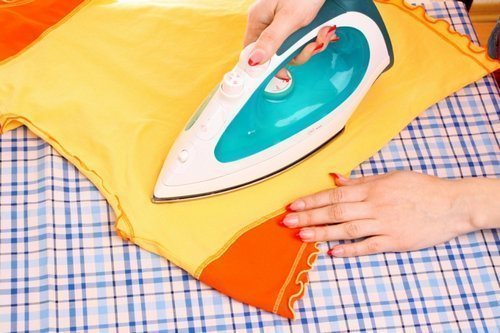
- Natural fabrics are most vulnerable to high temperatures. If a defect appears after ironing in the form of a spot or stripe, the product must be treated with borax powder. To do this, mix a tablespoon of borax with a tablespoon of water. Apply the resulting slurry to the damaged area of tissue. After two hours of exposure, clothes should be washed thoroughly.
This recipe is suitable for removing lasa from cotton and linen items.
Recipe No. 4.
Lass from ironing on natural fabrics can be removed with a solution of boric acid. The area of clothing damaged by a hot iron is treated with acid until the stain completely disappears, after which the clothing must be washed.
Natural silk fabrics
- Recipe No. 1.
The appearance of shiny spots and stripes after ironing on silk linen, guipure blouses, and chiffon items requires very careful removal.
Rub shiny marks on a delicate fabric with half a peeled onion. Clothes should be washed after treatment with onion juice.
- Finding the perfect iron sole
Recipe No. 2.
Natural silk fabric is treated with a paste of baking soda and water to remove lass that appears after ironing. Rub a mixture of baking soda over the damaged area of the fabric. After the product has dried, remove it by brushing it off with a soft clothes brush. The product is rinsed in water without adding detergents.
Products made from light fabrics
- Recipe No. 1.
Light-colored clothing requires special care, washing using special washing powders. The appearance of shiny and yellow spots on it during ironing indicates overheating of the iron, resulting in partial pressing of the fabric and scorching.
The affected areas on clothing should be moistened with a solution of table vinegar (500 ml of water + 200 ml of table vinegar) and sprinkled with finely ground salt. After drying, the salt is shaken off the fabric.
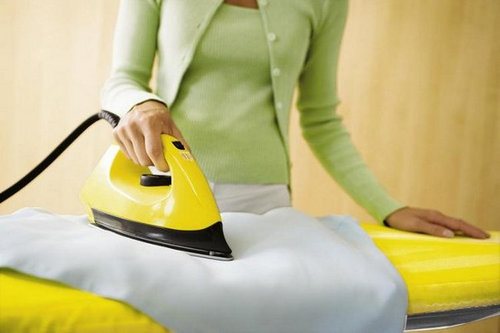
- The stain that has not disappeared is moistened with a stronger solution of vinegar and the clothes are left under the influence of vinegar for one hour. Clothes should be washed in warm water.
Recipe No. 2.
Products made of light cotton fabric, on which light shiny spots or stripes (lasks) and yellow marks have formed as a result of incorrect ironing mode, can be treated with a 3% solution of hydrogen peroxide.
- The fabric is first checked for the reaction of their interaction. In a small area on the wrong side of the product, the fabric is treated with a reagent and after 15-20 minutes the area is examined for strength. If there is the slightest change in the quality of the fabric, you should not use peroxide to clean the lasa.
If the result is positive, treat the area damaged by ironing with peroxide, and after the stain has dried, rinse the fabric in clean water.
The procedure is repeated until the stains are completely removed.
- Recipe No. 3.
- Fermented milk products (kefir, yogurt) are good helpers for removing stains and light tan marks on light-colored fabrics.
- The cleaning method is very simple: a sour milk product is applied to the scorch area and left for 8-10 hours.The treated stain should be wiped with a swab to remove the dairy product, and the product should be rinsed in clean water.
- Recipe No. 4.
If you don’t have a pencil at hand to clean your iron: we show you how to replace it with salt and a sheet of paper



